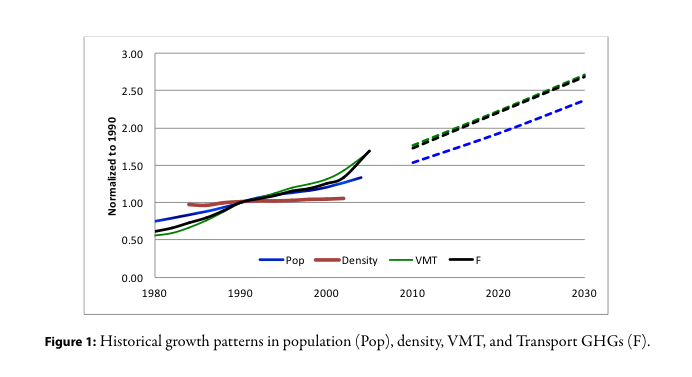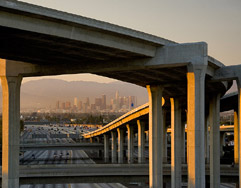
THE JOURNAL OF TRANSPORT AND LAND USE
In light of the increasing reliance on compact growth as a fundamental strategy for reducing vehicle emissions, it is important to better understand how land use-transportation interactions influence the production of mobile source emissions. To date, research findings have produced mixed conclusions as to whether compact development as a strategy for accommodating urban growth significantly reduces vehicle travel and, by extension, mitigates environmental impacts, particularly in the area of air quality. Using an integrated simulation approach coupled with long-term land development scenarios, we conducted an assessment of the impacts of different long-term primarily residential growth patterns on vehicle travel and pollutant emissions in the eight counties of the San Joaquin Valley region in central California.













 RSS Feed
RSS Feed